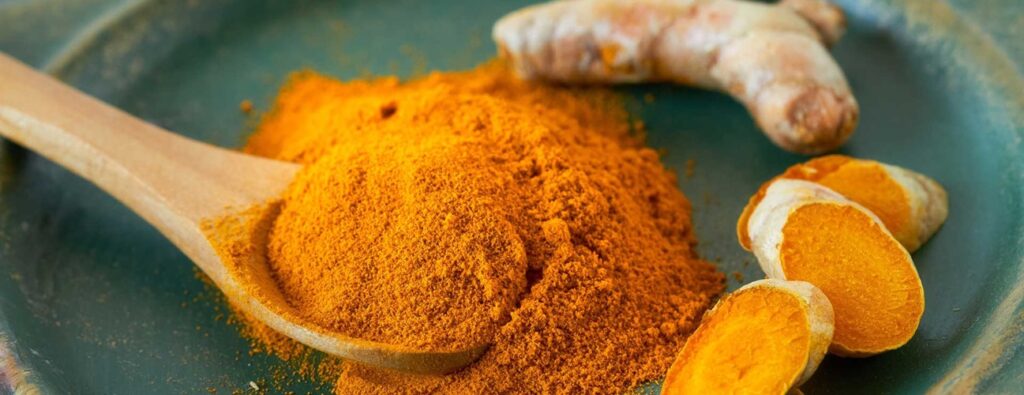Herbal Treatments That Really Work
Joint pain is a common issue affecting millions of people worldwide, often caused by conditions such as arthritis, gout, or general wear and tear. While pharmaceutical options are available for relief, many individuals are turning to natural remedies to manage their pain and improve their overall joint health. Among the most effective natural remedies are turmeric, ginger, and omega-3 fatty acids, each known for their anti-inflammatory properties and beneficial effects on joint health. Incorporating these remedies into daily life can provide significant relief and enhance quality of life.
The Power of Turmeric
Turmeric is one of the most potent natural anti-inflammatory agents available. The active compound in turmeric, curcumin, has been extensively studied for its anti-inflammatory and antioxidant properties. Research shows that curcumin can significantly reduce inflammation, making it a popular choice for individuals suffering from joint pain. For those looking to incorporate turmeric into their daily routine, it can be easily added to various dishes. Simply sprinkle it over salads, mix it into soups, or use it in smoothies. A popular way to consume turmeric is in the form of golden milk, which combines turmeric with warm milk (or a non-dairy alternative), black pepper (to enhance curcumin absorption), and a sweetener of choice. Drinking golden milk regularly can help alleviate joint pain over time. For those who prefer supplements, turmeric capsules are also widely available and can be taken as directed.
Ginger: A Zesty Alternative

Ginger is another powerhouse when it comes to natural remedies for joint pain. It contains several bioactive compounds, including gingerol and shogaol, which have been shown to possess anti-inflammatory and analgesic properties. Ginger can be consumed in various forms, such as fresh ginger root, powdered ginger, or ginger tea. To make ginger tea, simply steep fresh ginger slices in hot water for 10-15 minutes. Drinking this tea daily can help reduce inflammation and provide relief from joint pain. Additionally, ginger can be added to stir-fries, marinades, and baked goods for a delicious kick while reaping its health benefits. Some people find that ginger supplements can also be effective; however, it is always best to consult a healthcare professional before starting any new supplement regimen.
The Benefits of Omega-3 Fatty Acids

Another highly effective natural remedy for joint pain is omega-3 fatty acids. Found in fatty fish like salmon, mackerel, and sardines, as well as in flaxseeds, chia seeds, and walnuts, omega-3s are renowned for their anti-inflammatory properties. Numerous studies have demonstrated that omega-3 fatty acids can help reduce joint stiffness and pain, particularly in individuals with rheumatoid arthritis and osteoarthritis. To incorporate omega-3s into the diet, aim to consume fatty fish at least twice a week or consider adding a daily serving of flaxseeds or chia seeds to smoothies, yogurt, or oatmeal. For those who find it challenging to get enough omega-3s through food alone, fish oil supplements are widely available and can be a convenient option. Again, it’s important to consult with a healthcare provider before beginning any new supplement.
The Role of Diet in Joint Health
In addition to these individual remedies, maintaining a balanced and anti-inflammatory diet can significantly impact joint health. Consuming a variety of fruits and vegetables, whole grains, and healthy fats while minimizing processed foods and sugars can help reduce overall inflammation in the body. Foods rich in antioxidants, such as berries, leafy greens, and nuts, can further support joint health and reduce pain. It’s also essential to stay hydrated, as proper hydration helps maintain joint lubrication and can mitigate pain.
The Importance of Physical Activity

Physical activity is another key component of managing joint pain. While it may seem counterintuitive to exercise when experiencing pain, low-impact activities such as swimming, walking, and yoga can improve joint function and reduce stiffness. Regular movement helps strengthen the muscles around the joints, providing better support and stability. Combining exercise with natural remedies like turmeric, ginger, and omega-3 fatty acids creates a holistic approach to managing joint pain.
Topical Applications for Joint Pain Relief

It’s also worth noting that some individuals may benefit from using topical applications containing these natural ingredients. Turmeric paste can be made by mixing turmeric powder with a bit of water to form a paste and applying it directly to the affected joint. Ginger-infused oil can be massaged into painful joints for relief. Additionally, omega-3-rich oils, such as fish oil or flaxseed oil, can also be used topically for their anti-inflammatory effects.
A Holistic Approach to Managing Joint Pain

While these natural remedies can be beneficial for many individuals, it’s essential to approach them with realistic expectations. Joint pain can be complex, and what works for one person may not work for another. It’s always advisable to consult a healthcare professional before making significant changes to one’s treatment plan, particularly for those with pre-existing health conditions or who are taking other medications.
Conclusion: Empowering Your Joint Health Journey
In conclusion, natural remedies such as turmeric, ginger, and omega-3 fatty acids offer promising options for managing joint pain. By incorporating these powerful ingredients into daily life through diet, supplements, and topical applications, individuals can take proactive steps toward improving their joint health. Remember, combining these remedies with a balanced diet and regular physical activity can enhance their effectiveness, leading to a more fulfilling, pain-free life. Embracing these natural treatments not only empowers individuals to manage their joint pain but also encourages a holistic approach to health and well-being.


